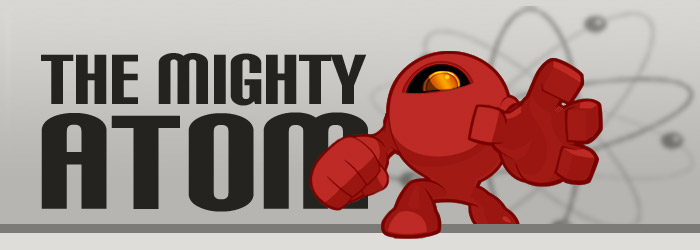Flip (mini-game)
Tuesday, January 10, 2006
Remember The Pool? Dang, it's amazing. It doesn't get as much heat as it used to, which is a shame. The Pool is the game that really brought me into this whole "indie" thing, right before Sorcerer, Donjon, and Universalis. I ran a bunch of little one-shots with it (the Anti-Pool, to be more precise), and it just works.Anyway, lately, I've been dabbling with little pseudo-game-engines in the vein of The Pool. They're not complete games by any stretch, but they are a jumping off point for a group to construct their own little thing (by adding scene framing, situation creation, and such like). I'll be sharing them here. Here's the first.
Flip
To make a character, first write the character's name on the top of the sheet. Next to the name, write the character's concept. A concept should be 1-3 words that describe a core quality of the charcter. Like "Slayer," "Robot Flyboy," or "Dungeon Delving Wizard."Next, divide the sheet into two columns. Label one column "Experience" and the other column "Trials." Under "Experience" write down 6 positive qualities of the character. These can be things they have done, things they are known for, beliefs, relationships, or even stuff they carry around that helps them. Under "Trials" write down 3 things that make life difficult for the character. These could be unresolved personal issues, physical impairments, obligations, or bad things that happened in the past.
Anyone can call for a conflict to resolve stakes. A conflict resolves the stakes for one player-character at a time. The player of the character in conflict (the "active player") can reject the conflict (if they want to) by appealing to the character concept. "Well, I am the Slayer, so dusting this vamp is not a 'conflict' for me. Let's move on." If the active player approves, the conflict moves forward, and the stakes are set.
Stakes are set by creating a set of two possible outcomes for the conflict. One that is good for the character, and one that is bad. All the players can contribute ideas for the two outcomes. Everyone must agree to the stakes before the conflict is resolved.
To resolve a conflict, flip a coin. Heads means that the good outcome happens. Tails means that the bad outcome happens.
The active player can then re-flip the coin by activating one of the character's traits. To re-flip a coin that shows heads, activate a "trial" trait. To re-flip a coin that shows tails, activate an "experience" trait. When you activate a trait, narrate how it affects the conflict situation, for better or worse.
You can continue to re-flip until you are satisfied, or you run out of traits to activate.
Once a trait is activated, it cannot be activated again until it is refreshed. A trait is refreshed when any character refers to the trait out loud in a future scene.
Whenever you re-flip a coin that shows tails, make a mark in your "trial" column. Whenever you re-flip a coin that shows heads, make a mark in your "experience" column. When you collect 3 marks in a column, erase the marks and add a new trait to that column, based on what has happened with your character in the game.
That's the simple version, which is really just a sketch of a partial system. Notice I don't even mention if there's a GM or not.
Next, I'll post a more complex version, that incorporates obstacles, jobs, and goals into a more fully-functional game currency.













2 Comments:
Okay, you need to take this and make it into Danger Patrol.
"Next, I'll post a more complex version, that incorporates obstacles, jobs, and goals into a more fully-functional game currency."
Darren says...
Still waiting... :)
Post a Comment
<< Home